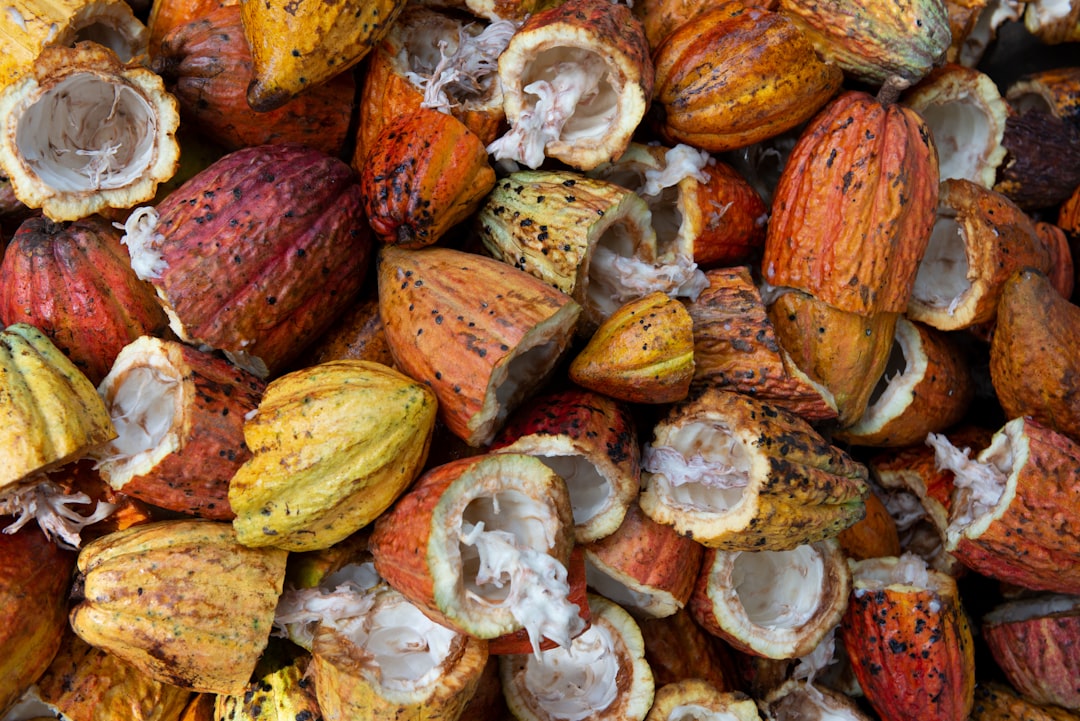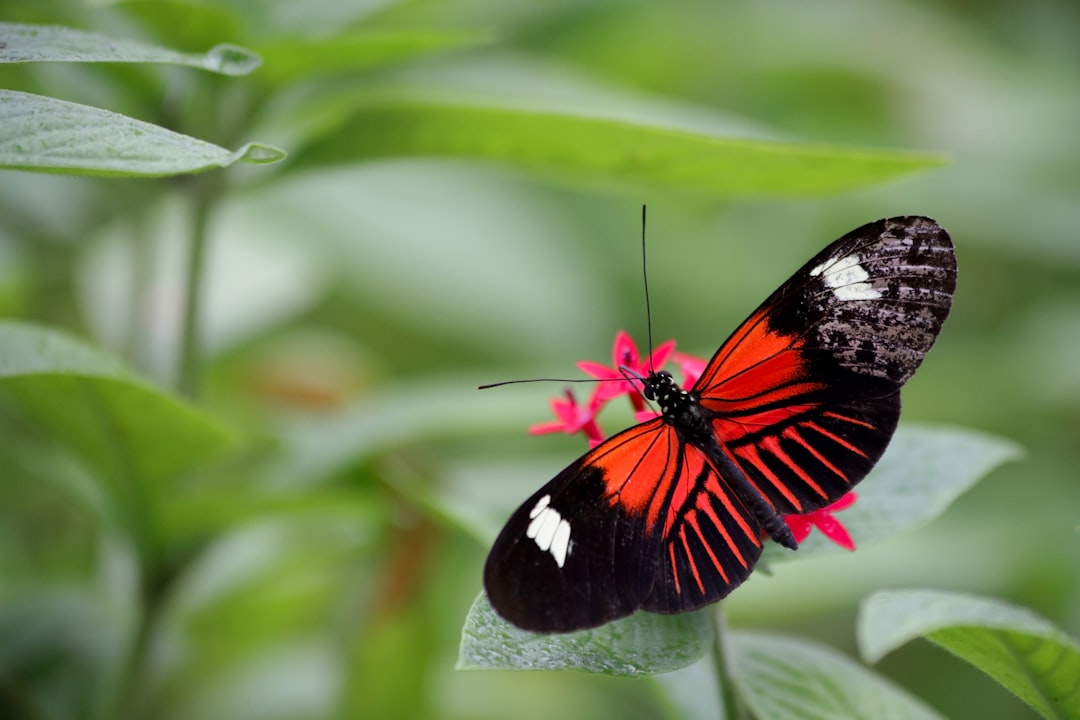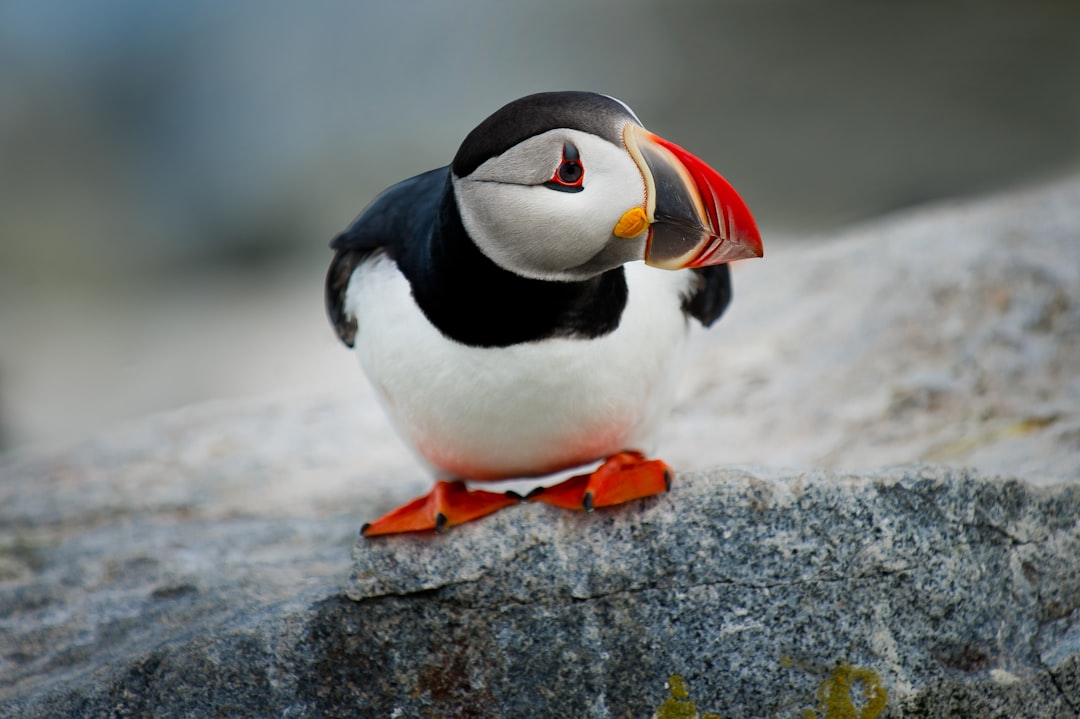What is it about?
We used the most complete datasets of geographic distributions and evolutionary relationships of South American fishes to date, to track the influence of the geological history on the origins, extinctions, and interchanges of these fishes over the past 100 My. We found that abrupt increases of species origination coincided in time and place with major mountain uplift and river re-arrangement events. Species in Western Amazonia originated faster and persisted longer than those in other regions. Thus, this region acted as a source of dispersal to other regions, enhancing the exceptional diversity of fishes across the entire continent.
Featured Image

Photo by Joshua J. Cotten on Unsplash
Why is it important?
Western Amazonia differs from other regions in presenting exceptionally high species density and endemism, acting as both a museum and a cradle of diversity and representing an important source of species for other regions of the Neotropics. In recent decades, alarming rates of deforestation, land-use degradation, river damming, and water pollution in South America threaten many aquatic species, especially in the southern portions of the Amazon basin and the Atlantic Forest. As with all aspects of biodiversity, documenting the evolutionary and ecological processes underlying the origins and maintenance of South American fishes offers fundamental guidance in efforts to conserve this unique diversity, the most species-rich continental vertebrate fauna on Earth.
Read the Original
This page is a summary of: Landscape dynamics and diversification of the megadiverse South American freshwater fish fauna, Proceedings of the National Academy of Sciences, January 2023, Proceedings of the National Academy of Sciences,
DOI: 10.1073/pnas.2211974120.
You can read the full text:
Contributors
The following have contributed to this page










